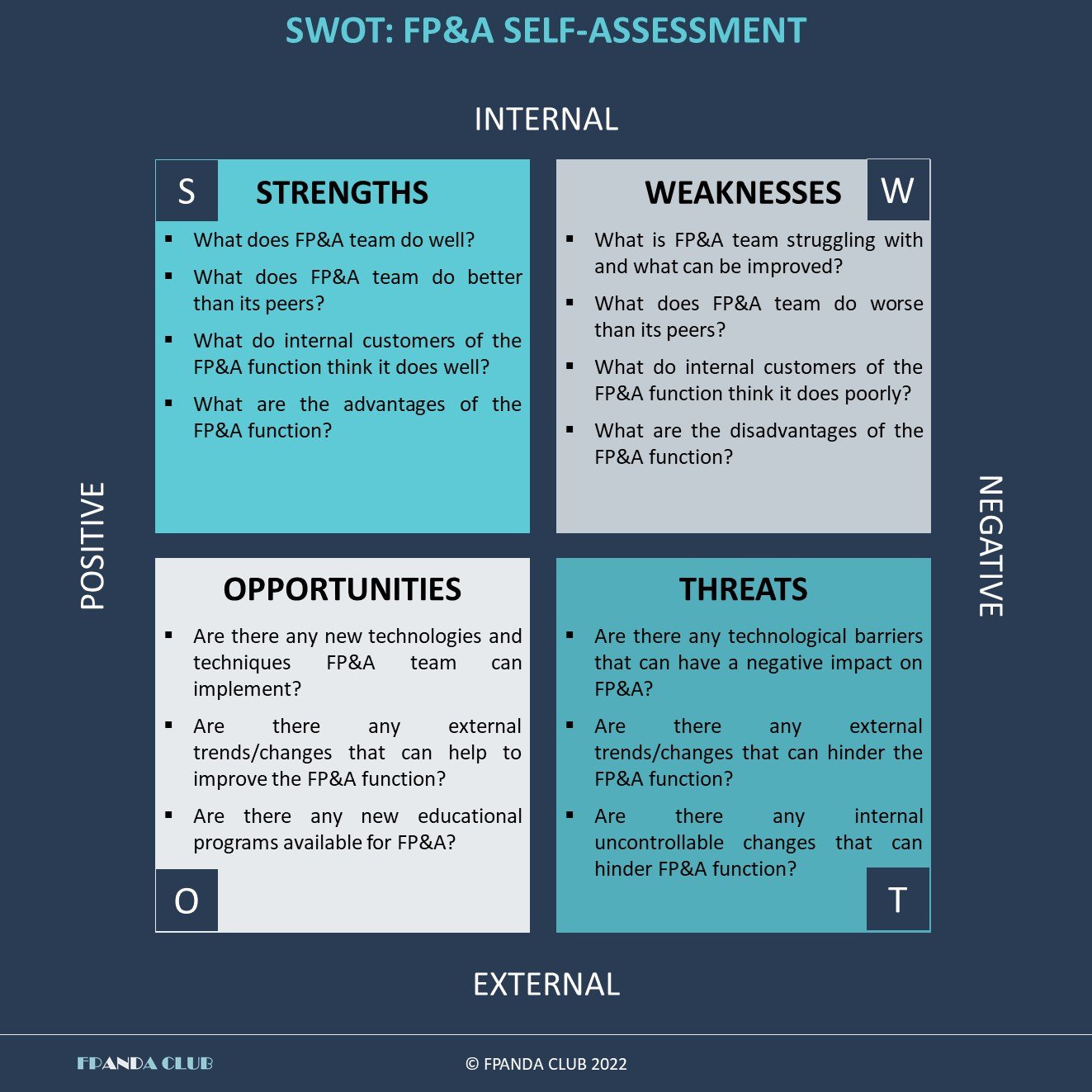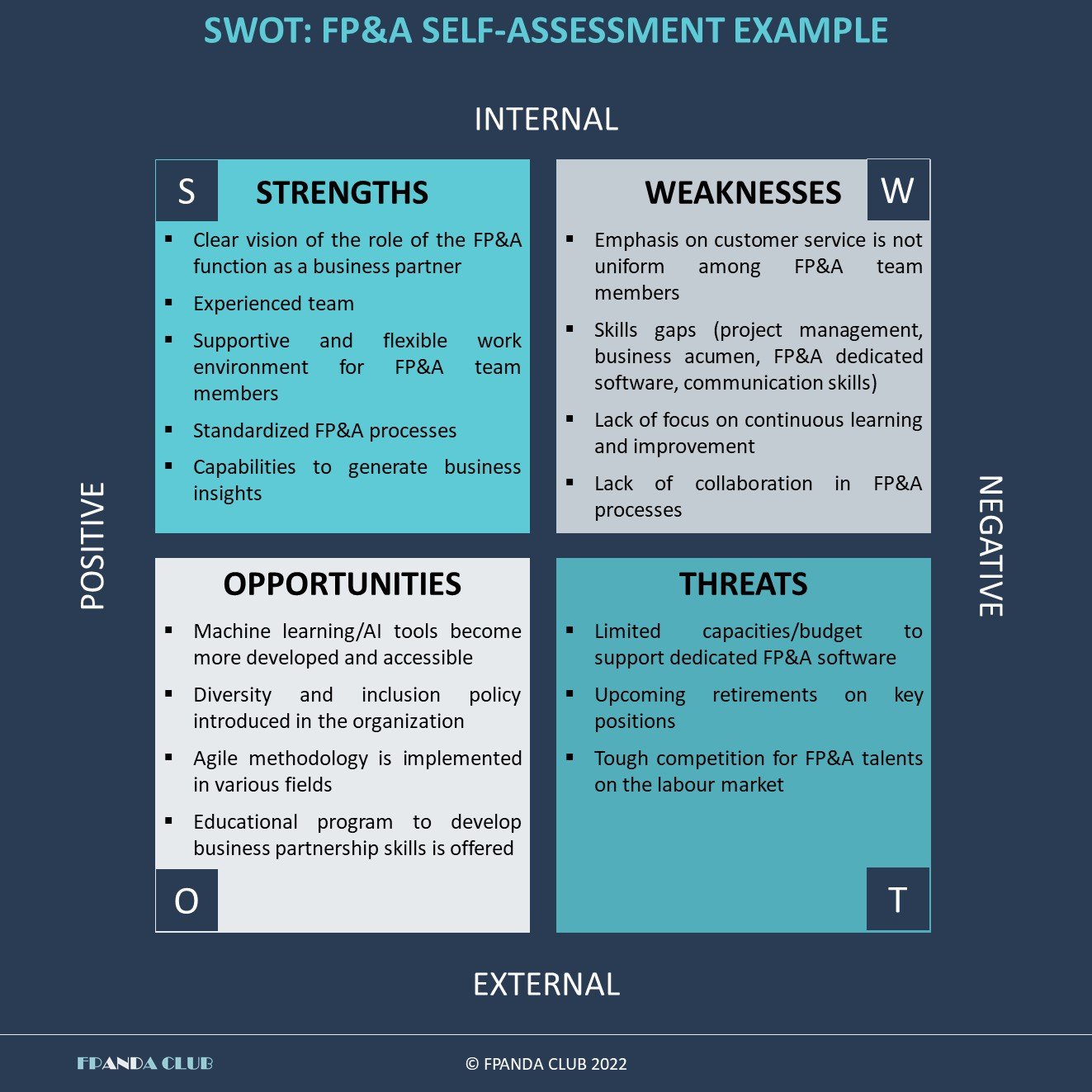3 Marketing Tools to Adopt to Become Better Finance Business Partners
Marketing teams, being among FP&A’s counterparties, are usually considered to be the most creative people in the company. They are responsible for understanding consumers, building relationships with them and eventually getting them interested in company’s products and services. To perform these functions marketing, as a discipline, possesses a wide range of tools and techniques that can be used to analyze data, verify hypotheses and communicate information.
FP&A team’s internal customers expect finance professionals to be more interactive and be able to communicate information and insights in the most efficient way. To become better business partners FP&A practitioners should be creative, but it is not an easy task with a financial mindset traditionally focused on numbers, correct calculations and cause-and-effect relationship.
Why then can’t FP&A teams adopt some useful marketing practices to push the boundaries, boost creativity and turn the emphasis of the FP&A function to its internal customers? This article describes 3 well-known marketing and design thinking techniques which can become part of the FP&A toolkit: SWOT, empathy map and personas.
SWOT
SWOT stands for the analytical tool to uncover Strengths, Weaknesses, Opportunities and Threats and is frequently used in strategic planning exercises. It helps to perform analysis from both internal (strengths and weaknesses) and external (opportunities and threats) perspectives and combine the results to create strategies and action plans.
Strengths and weaknesses are elements which are under control of the analyzed organization, while opportunities and threats are aspects the organization does not have control over but should take into consideration. The main idea of the technique is to maximize the impact of positive factors and minimize the influence of the negative ones. Many companies benefit from the results of this powerful tool and apply it not only to overall/marketing strategy but also to analyze products, projects and even departments.
Within the FP&A function SWOT analysis can be used, for example, in self-assessment purposes which can be done with the help of internal customers and benchmarks. Key questions to ask and the example of SWOT analysis are represented in the illustrations below.


By combining the results of the SWOT analysis FP&A teams can elaborate strategies and develop action plans to improve the FP&A function. Developed and implemented strategies should be regularly monitored and their impact - examined.
Strengths/Opportunities: what strengths of the FP&A function can be used to seize the opportunities and maximize their potential impacts and how this can be executed? Clear vision of the role of the FP&A function as a business partner and its capabilities to generate business insights together with adoption of machine learning tools will contribute to informed and faster decision-making —> start to build data science expertise within the FP&A function, deploy ML/AI tools.
Weaknesses/Opportunities: what available opportunities can be used to reduce identified weaknesses of the FP&A team and how can this be done? The use of agile methodology can improve the focus of the team on customer service —> organize agile training for the team, introduce the elements of agile in the team’s activities.
Strengths/Threats: how can FP&A team use its strengths to minimize the impact of threats? Supportive and flexible work environment can help FP&A team to attract best talents —> keep candidates informed on the advantages of working in your team, maintain positive environment in the team.
Weaknesses/Threats: how the weaknesses of the FP&A function can be eliminated/reduced to avoid identified threats? Overcome the lack of team’s focus on continuous learning and improvement to avoid the risk of upcoming resignations on key positions —> use coaching, mentoring and rotation of staff to improve skills of all team members.
SWOT analysis performed together with internal counterparties can contribute to successful transformation as well as to continuous improvement of the FP&A function.
Empathy map
An empathy map is a simple but effective collaborative tool used to develop customer-centric mindset, better understand customers and their problems, prioritize them and offer solutions by keeping a customer’s point of view in mind.
From the FP&A’s perspective, business and marketing teams, CFO and other senior management are internal clients while the results of performed activities (i.e. planning, reporting and analysis) are the products/services of the function.
A typical empathy map consists of 4 quadrants (See, Think and Feel, Hear, Say and Do) and 2 columns (Pains and Gains). Drawing the empathy map starts with the understanding of its purpose whether to learn more about a specific customer/customer group or about a particular situation/output.
See: This quadrant helps to visualize the world surrounding the user/customer focusing on what they see in their environment and while using the product, for example, desktops and smartphones, other people and activities, reports and presentations they interact with. Imagine CFO or CEO seeing dozens of long tables filled with numbers every day, will they be happy to receive another one like this? In this context your product should stand out to attract the customer’s attention: financial models should be user-friendly and easy to understand, reports - present information in a concise manner with a strong emphasis on valuable insights.
Hear: This quadrant focuses on what a user hears and how it is influencing them. Take into consideration their colleagues, bosses, experts in the field and other people influencing the user: what they could say while the customer is using the product and what the user would hear in this case. Imagine a commercial director who constantly hears that sales are too low, and they should use promotions to boost them but keep company’s profitability at a certain level. What kind of analysis can FP&A team proactively offer to meet these needs and support the commercial team?
Say and Do: This segment helps to identify the user’s attitude towards the problem and the product based on the customer’s language and actions. It focuses on what the user might say and do while using the product, understand if they might have any difficulties interacting with it. Imagine sales managers participating in planning/forecasting activities and using a model with many spreadsheets and formulas they can’t understand, the assumptions they can’t verify, unclear interrelationships of inputs and outputs. They would probably consider such exercise be very complicated, time-consuming and distracting from running business.
Think and Feel: This quadrant focuses on what matters to users and what emotions they express, what makes them feel bad or good, what they would like to change and why. This analysis helps to uncover the link between feelings and behaviors they motivate. The emotional spectrum can be represented by both positive and negative thoughts: customers can feel curious and excited about the new tool and truly believe it will help them in decision-making processes or, on the contrary, feel frightened and overwhelmed if it adds even more complexity to their tasks. Understanding these feelings can be a good start for creating or improving FP&A outputs and increasing the satisfaction of the internal users.
Pains and Gains: These two columns summarize the information about user’s fears, frustrations and obstacles (pain points) as well as their expectations and what is beneficial to them (gains). Paying attention to what customers care about, how they define and measure success is essential if we want to see things from the user’s viewpoint which is the primary goal of this tool.
Empathy map is a collaborative tool, and it is important that every member of the team will be involved in this exercise as they can bring valuable inputs from different perspectives of interpretation of the customer’s needs.
Personas
Another tool commonly adopted in the UX design is user personas. User personas are archetypical users whose characteristics represent a larger group of users. You can find hundreds of various templates of user personas but the majority of them are represented by a one-page document with the description of a persona that usually includes:
name,
photo,
demographic information (age, gender, social status, etc.),
goals,
frustrations,
attitudes and behaviors.
Similar to empathy maps, personas help to create deep understanding of the users, their needs and expectations. Therefore, this tool can be used to develop or improve FP&A outputs keeping end-users in mind. Here is an example of a persona built to meet the needs of key account managers as potential internal customers of the FP&A teams.
Overseeing several large accounts KAM needs to set objectives and follow revenues and profitability of each of them, forecast sales and negotiate contracts considering both customer’s needs and company’s business goals and ambitions. They would usually prefer not to spend much time on analysis, planning and forecasting and would probably be happy to have a tool that can help minimize efforts in these tasks, but it should be easy to use and should not add complexity to their processes.
FP&A function aiming at being a better business partner can apply similar approach to their internal customers as marketing teams use to meet the needs of the end-users. Armed with this borrowed toolkit including but not limited to SWOT analysis, empathy map and personas, FP&A teams can develop customer-centric culture within their organizations, deliver insights and, thus, contribute to the improvement of the overall business performance.


